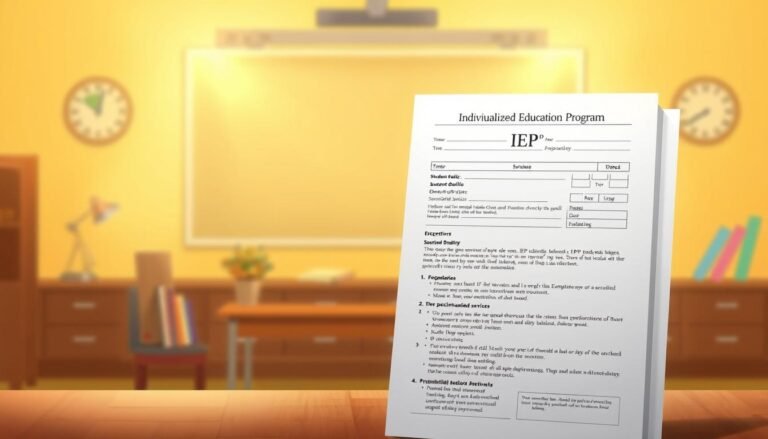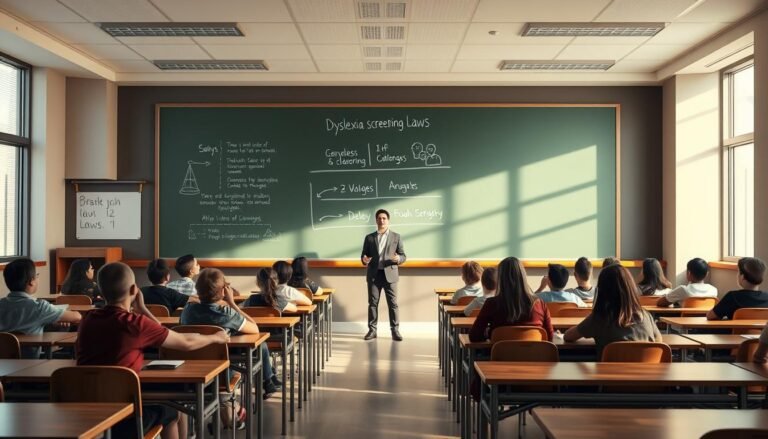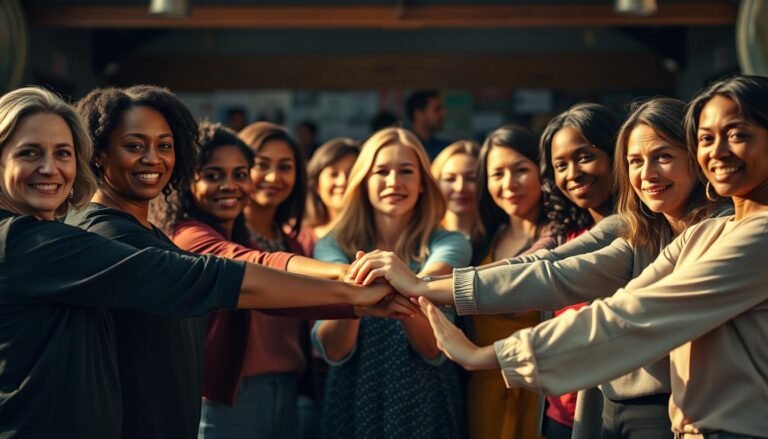Rethinking Physical Education: Tailoring Programs for Students with Learning Disabilities
Introduction
In today’s dynamic educational landscape, the importance of an inclusive approach to learning has never been more critical. With nearly 1 in 5 children experiencing some form of learning disability, rethinking physical education (PE) isn’t just relevant; it’s essential. As educators and advocates, we have the unique opportunity—and responsibility—to ensure every student, regardless of ability, has access to quality PE programs. This comprehensive article, "Rethinking Physical Education: Tailoring Programs for Students with Learning Disabilities," explores innovative strategies, offers real-world examples, and aims to empower schools, educators, and support staff to create tailored PE programs that resonate with every child’s unique learning style.
The Importance of Inclusive Physical Education
A Foundation for Lifelong Fitness
Physical education serves as a cornerstone for fostering lifelong healthy habits. For students with learning disabilities, tailored physical education can offer not just physical benefits but also enhancements in social skills, self-esteem, and emotional well-being. The challenge lies in the traditional one-size-fits-all approach, which often doesn’t cater to the diverse needs of all students.
Table 1: Benefits of Tailored PE Programs
| Benefit | Description |
|---|---|
| Physical Health | Improved endurance, strength, and flexibility |
| Social Skills | Enhanced teamwork and communication abilities |
| Self-Esteem | Boosted confidence through achievable goals |
| Mental Health | Reduced anxiety and improved mood |
Understanding Learning Disabilities
The Spectrum of Learning Disabilities
Learning disabilities encompass a variety of challenges affecting how individuals process information. From dyslexia to ADHD and autism spectrum disorders, understanding these disabilities can guide educators in "Rethinking Physical Education: Tailoring Programs for Students with Learning Disabilities."
Case Study: The Adapted PE Program at Oakwood Elementary
At Oakwood Elementary, educators restructured their PE curriculum to accommodate students with diverse learning needs. Utilizing smaller group activities and incorporating sensory breaks, they found a significant increase in participation and enthusiasm among students diagnosed with ADHD.
Analysis: This case study exemplifies the successful implementation of an adapted PE program that prioritizes the individual needs of learners, highlighting that inclusion fosters a positive experience.
Strategies for Rethinking PE
1. Differentiated Instruction
Differentiated instruction tailors educational experiences to meet students’ varied learning needs. In PE, this might mean modifying activities or breaking down tasks into more manageable steps.
2. Sensory-Friendly Environments
Creating sensory-friendly environments can significantly enhance the experience for students with sensory processing challenges. This might include quieter spaces or calming materials that help students concentrate better.
Chart 1: Sensory Elements for PE
| Element | Purpose |
|---|---|
| Soft Mats | Provide cushioning for fall-prone activities |
| Noise-Canceling Headphones | Help manage sound sensitivity |
| Visual Instructions | Aid comprehension through clear imagery |
3. Student-Centered Goals
Setting individualized, student-centered goals in PE encourages personal investment and motivation. Rather than focusing solely on outcomes, education should emphasize effort and progress, regardless of starting point.
Training Educators and Support Staff
The Role of Professional Development
To effectively implement understanding within PE settings, ongoing professional development is crucial. Educators must be equipped with the tools and knowledge to best serve all students.
Case Study: Professional Development Workshops at Riverside High
Riverside High organized a series of workshops focused on adaptive techniques in PE. Following these sessions, teachers reported increased confidence in working with students who have learning disabilities, leading to modified lesson plans that catered to diverse abilities.
Analysis: Riverside High’s commitment to staff development shows a proactive approach to fostering inclusivity, which can dramatically improve the PE experience for students with learning disabilities.
Overcoming Challenges
Addressing Common Misconceptions
Many educators may feel unprepared to accommodate students with learning disabilities in PE, believing that adaptations will lower standards. However, this mindset can hinder progress for students who thrive in inclusive environments.
Inspirational Programs Across the Nation
1. The Inclusive Sports Program in Chicago
This initiative provides sports opportunities specifically designed for children with learning disabilities. The program features coaches trained in adaptive sports, ensuring that the needs of each child are met.
Key Takeaway: Broadening the scope of PE to include organized sports can enhance social skills and provide students with a sense of accomplishment.
2. The Gymnastics for All Program in San Francisco
An innovative gymnastics program created classes designed for students with varying abilities, including specialized instructors who tailor lessons based on each child’s unique motor skills and learning styles.
Key Takeaway: Specializing physical activities fosters a sense of belonging, encouraging students to explore their potential, which can lead to lifelong engagement in fitness.
The Role of Parents and the Community
Collaboration is Key
Engaging parents and community members can foster an inclusive culture in schools. When families collaborate with educators, it creates a support network that enhances student experiences in PE.
Conclusion
Rethinking physical education is not just an enrichment opportunity but a necessity that can empower students with learning disabilities. By tailoring programs to meet individual needs, educators can cultivate a love for physical fitness and promote social, emotional, and physical well-being. The journey toward inclusivity in PE demands innovation, collaboration, and a renewed commitment to serving every child.
As we conclude this exploration of "Rethinking Physical Education: Tailoring Programs for Students with Learning Disabilities," let us carry forward the insight that inclusion enhances everyone’s experience. Together, we can create environments where each child thrives, inspiring a generation that values diversity and inclusion in all aspects of life.
FAQs
1. How can teachers assess the needs of students with learning disabilities in PE?
Teachers can utilize observation, student interviews, and input from special education staff to understand the specific needs of each student and adapt their teaching methods accordingly.
2. What kinds of activities are best suited for students with learning disabilities?
Activities that focus on fundamental movement skills, offer choice, and allow for varying levels of participation (e.g., relay races, cooperative games) are effective and enjoyable for students with learning disabilities.
3. How can technology assist in tailoring PE programs?
Technology such as interactive apps, video demonstrations, and wearable trackers can provide students with immediate feedback, while also catering to individual learning styles.
4. Can inclusion in PE lead to improved academic performance?
Yes, research has shown that when students experience success and engagement in one area, such as PE, it can lead to increased confidence and focus in academic settings.
5. What steps can parents take to support their children’s physical education?
Parents can advocate for inclusive PE programs, engage in discussions with educators about their child’s needs, and participate in community sports activities that promote physical fitness for all abilities.
The necessity for "Rethinking Physical Education: Tailoring Programs for Students with Learning Disabilities" has never been clearer. Only through continued dialogue, adaptation, and community involvement can we build a brighter, more inclusive future for all students.
















